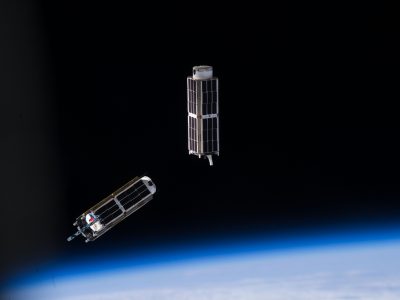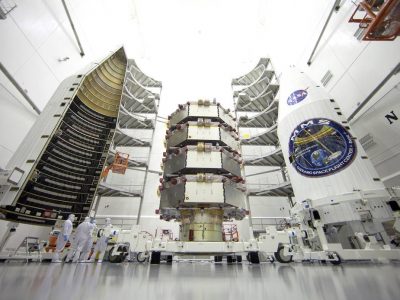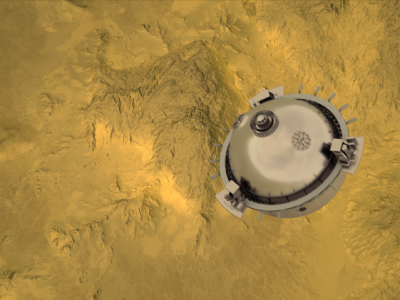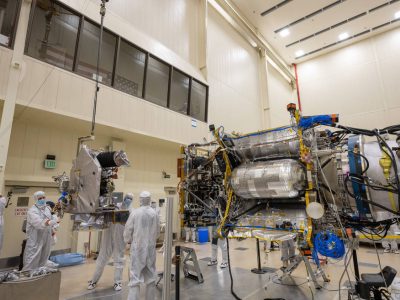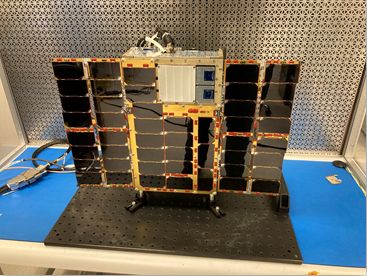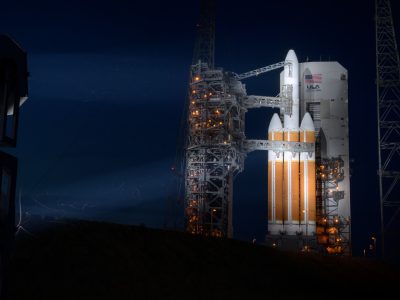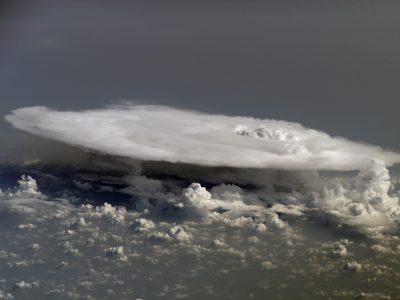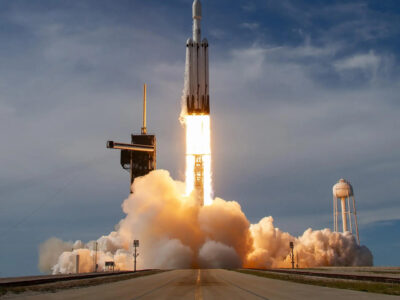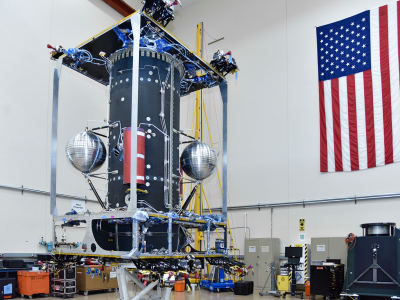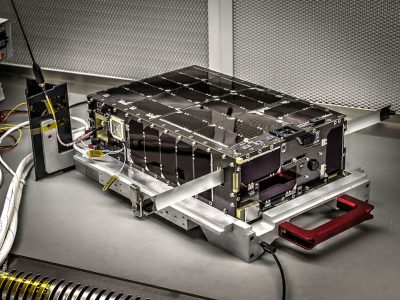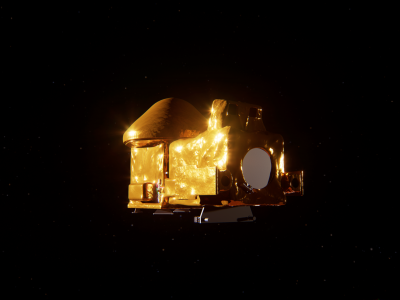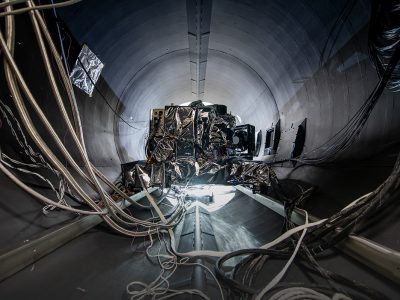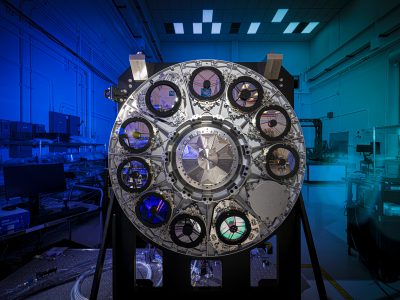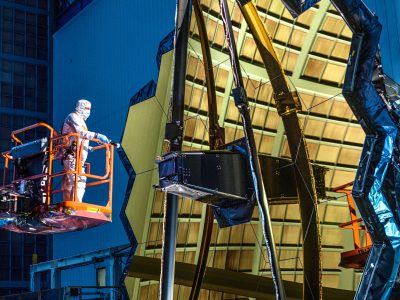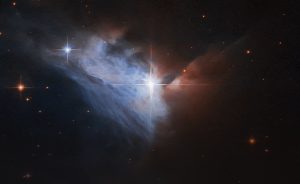
Unlocking the Universe
Expanding The World’s Engineering Boundaries
The ETD provides multidisciplinary engineering expertise for the development of cutting-edge Science and Exploration Systems and technologies. This talented and diverse workforce is committed to expanding today’s engineering boundaries through the application of emerging technologies to develop high-performance, cost-effective solutions to the most challenging problems in science and exploration. The ETD achieves this within Goddard’s laboratories and those of the valued present and future partners.
BurstCube
BurstCube BurstCube is a 6U CubeSat project that is designed to automatically detect gamma-ray transients onboard (astrophysical, solar, and terrestrial) while sending rapid alerts to the ground to enable follow-up …
Magnetospheric Multiscale (MMS)
Magnetospheric Multiscale (MMS) Magnetospheric Multiscale (MMS) is a NASA mission aimed at understanding how the Sun’s and Earth’s magnetic fields connect and disconnect. These processes known as magnetic reconnection facilitate …
DAVINCI
DAVINCI The Deep Atmosphere Venus Investigation of Noble gases, Chemistry and Imaging (DAVINCI) is a spacecraft that is looking to uncover the evolution and history of the planet Venus. Carrying an atmospheric descent …
Lucy
Lucy NASA’s Lucy mission will study the Trojan asteroids for the purpose of helping humanity understand the formation of planets and the solar system. Lucy is the first space mission …
Geosynchronous Transfer Orbit Satellite (GTOSat)
Geosynchronous Transfer Orbit Satellite (GTOSat) The Geostationary Transfer Orbit Satellite (GTOSat) is a mission done in collaboration with NASA Langley Research Center, the University of Colorado, Boulder, and the Aerospace …
Parker Solar Probe
Parker Solar Probe The NASA Parker Solar Probe mission is a mission designed to help humanity better understand the Sun, where changing conditions can propagate out into the solar system, …
Polarized Submillimeter Ice-cloud Radiometer (PolSIR)
Polarized Submillimeter Ice-cloud Radiometer (PolSIR) The Polarized Submillimeter Ice-cloud Radiometer (PolSIR) is an instrument that will be used to help understand Earth’s dynamic atmosphere as well as its impact on …
GOES-U Satellite
Signal Acquired! NOAA GOES-U Weather Satellite Begins Its Science Mission The NOAA (National Oceanic and Atmospheric Administration) team received telemetry from GOES-U (Geostationary Operational Environmental Satellite U), indicating the spacecraft …
On-orbit Servicing, Assembly, and Manufacturing (OSAM-1)
On-orbit Servicing, Assembly, and Manufacturing (OSAM-1) Similar to how Earth is polluted by plastics, gases and other toxic material that impact the wildlife, space is also polluted with orbital debris. …
CubeSat Launch Initiative (CSLI)
CubeSat Launch Initiative (CSLI) NASA’s CubeSat Launch Initiative (CSLI) provides low-cost access to space for many institutions and non-profits in the United States. The initiative is intended to inspire the …
The Capture, Containment and Return System (CCRS)
The Capture, Containment and Return System (CCRS) The Capture, Containment and Retrieval System (CCRS) is a payload that is a part of the joint Mars Sample Return mission between NASA …
The Plankton, Aerosol, Cloud Ocean Ecosystem (PACE)
The Plankton, Aerosol, Cloud Ocean Ecosystem (PACE) The Plankton, Aerosol, Cloud Ocean Ecosystem (PACE) mission is a NASA mission that will collect information on the processes behind carbon dioxide exchange …
Nancy Grace Roman Telescope (Roman)
Nancy Grace Roman Telescope (Roman) Roman is an infrared telescope named after Nancy Grace Roman (1925-2018) who was NASA’s first chief astronomer and is known as the ‘Mother of Hubble.’ …
James Webb Space Telescope (JWST)
James Webb Space Telescope (JWST) The James Webb Space Telescope (JWST) is an observatory that uses infrared light to capture images of the way the universe looked approximately 200 million …

